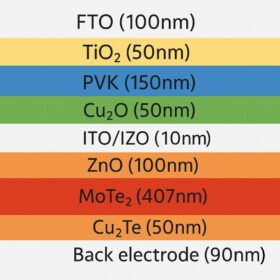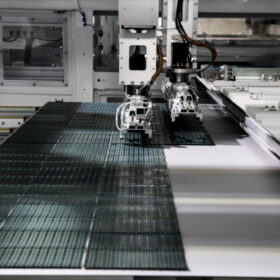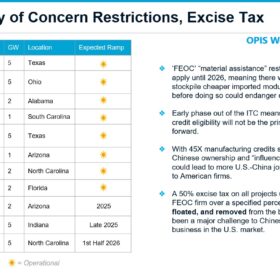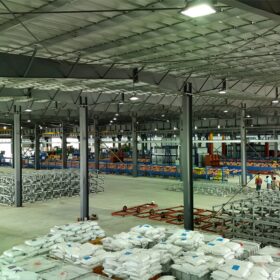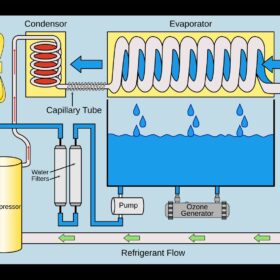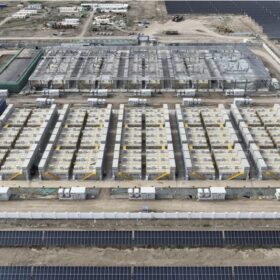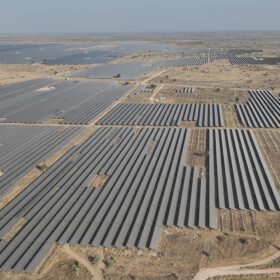First attempt to build tandem solar cells based on perovskite, transition metal dichalcogenide
Scientists in India have proposed to design new tandem solar cells using transition metal dichalcogenide as an absorber material for the bottom PV device. Their simulations showed these tandem cells may reach an efficiency of over 35%.
Shakti Pumps raises INR 292 crore to set up 2.2 GW solar cell and module factory
Shakti Pumps (India) Ltd has raised INR 292.60 crore through a qualified institutions placement (QIP). It will utilize the proceeds to establish a greenfield 2.2 GW solar cell and module manufacturing plant in Madhya Pradesh.
Gautam Solar secures California Energy Commission certification, extends US market presence
The California Energy Commission certification ensures Gautam Solar’s modules comply with stringent quality, safety, and performance standards required for solar installations in the State of California, the largest solar market of the United States.
Borosil Renewables’ German arm files for insolvency
Borosil Renewables announced that its German arm, GMB Glasmanufaktur Brandenburg GmbH, has filed for insolvency amid prolonged challenges in the European solar manufacturing sector.
Vikram Solar recognized as top performer in Kiwa PVEL’s PQP for the eighth time
Vikram Solar’s Hypersol M10 Series and Hypersol G12R Series PV modules have been recognized as Top Performer in Kiwa PVEL’s Module Reliability Scorecard 2025.
Bringing back-contact to the foreground
Solar manufacturers are pursuing the next-generation crystalline silicon (c-Si) PV cell technology. Back-contact (xBC) technologies including TOPCon back-contact (TBC), HJT back-contact (HBC), and HJT TOPCon back-contact (HTBC) have emerged as leading candidates, attracting attention for their superior conversion efficiency and aesthetic module designs.
Dhruva Space to supply Space-grade solar panels for Pixxel’s hyperspectral imaging satellites
Dhruva Space will supply its made-in-India Solis+ space-grade solar panels for Pixxel’s next fleet of hyperspectral satellites. Built with high-efficiency (up to 30%) triple-junction GaAs solar cells, the panels are designed to operate reliably in the extreme conditions of Space.
US solar panel price from India stable at $0.288/W
In a new weekly update for pv magazine, OPIS, a Dow Jones company, provides a quick look at the main price trends in the global PV industry.
H&H Aluminium inaugurates solar panel frame manufacturing facility in Rajkot
Gujarat-based H&H Aluminium Pvt Ltd has inaugurated a state-of-the-art aluminium solar panel frame manufacturing facility in Chibhda village, Rajkot, with a production capacity of 24,000 metric tons per annum.
Photovoltaics for atmospheric water harvesting
A scientist in Turkey has simulated eight PV-supported hybrid atmospheric water harvesting systems and compared their performances. They were all considered to operate with R1233zd(E), R1234yf, and R600a, as well as R32 refrigerants. The required PV system size was as low as 20 m2.
